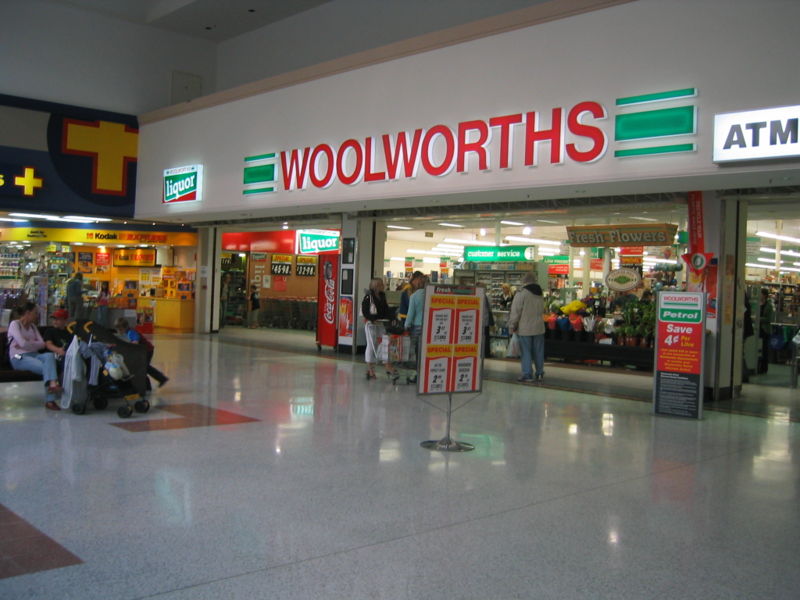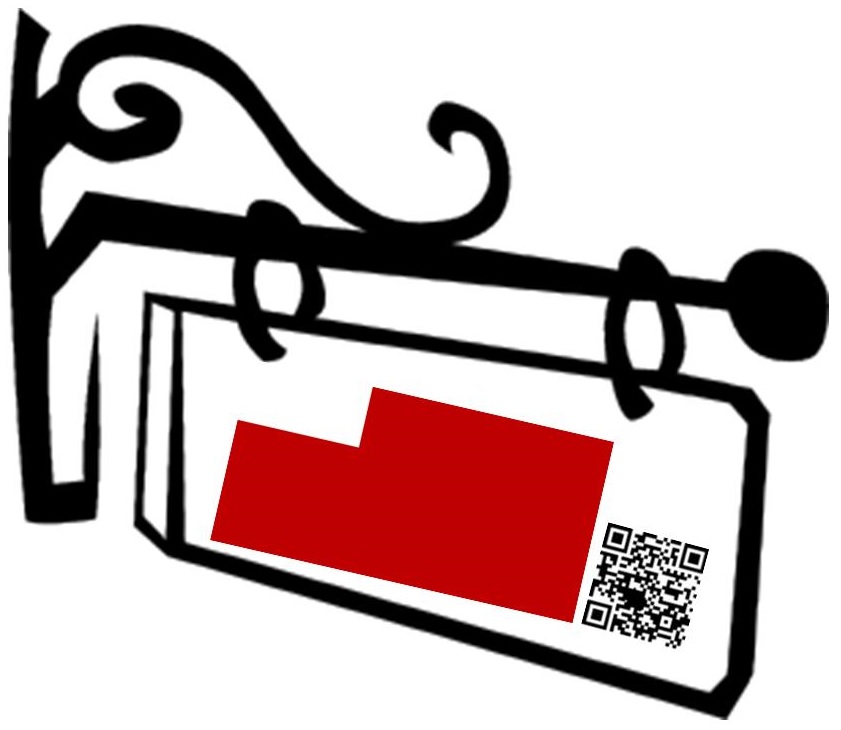The barcode lets shoppers learn more about the local farmers who supply the stores where they shop.
Woolworths has now announced that it is rolling out QR codes, as of the start of this month, that will allow customers to be able to access details regarding the local growers who supply the stores with the fruit and vegetables that they buy.
The program is called Meet the Grower and includes a number of different kinds of media for information.
For instance, when the QR codes are scanned from a product’s package, it reveals the photo of the farmer who grew it, in addition to his or her URL, the length of time that the farmer has been supplying produce to Woolworths, and other information that customers may find useful and interesting.
The first product that will use the QR codes for the Meet the Grower program will be apples.
 These apples are from Montague Fresh, a Victorian fruit supplier. The QR codes will eventually expand to include 57 more products over the span of the next couple of months. The company expects that by the end of this year, there will be about 100 products that have barcodes linking to their growers.
These apples are from Montague Fresh, a Victorian fruit supplier. The QR codes will eventually expand to include 57 more products over the span of the next couple of months. The company expects that by the end of this year, there will be about 100 products that have barcodes linking to their growers.
The head of produce at Woolworths supermarkets, Paul Harker, explained that QR codes have been applied in this way in order to respond to the interest that the store’s customers have shown in the history of the produce they are buying. Their shoppers have been asking for a way to learn more about where their fresh food comes from, and the store came up with a mobile friendly program using these barcodes in order to offer precisely that information.
Harker went on to explain that about 96 percent of the fresh vegetables and fruits that are sold at the Woolworths chain of grocery stores are grown right there in Australia. The QR codes help consumers to know precisely where in the country the produce was sourced and which farm grew it and provided it to the supermarket. This strategy will help consumers to gain the information that they want and to learn more about the importance of shopping local.
Street signs within the emirate will soon include these smartphone recognizable barcodes.
The Department of Municipal Affairs (DMA) has just released a statement in which it has announced that the emirate of Abu Dhabi will soon be including QR codes on its street signs.
These barcodes will provide smartphone users with information of a historical and background nature.
These QR codes will offer mobile device users the chance to learn more historical and background information about specific locations as well as about the streets and their names. The Municipality of Abu Dhabi City will first be implemented in the capital. These barcodes are being created as an element of the Abu Dhabi Emirate Street Addressing, GeoNames and Signage System (ADAGS), which is designed to provide the unique identification of addresses and streets within that emirate.
This project is designed to add QR codes and develop 12,000 all new street names in the emirate.
 This program will also help to simplify approximately 200,000 existing addresses, while creating around 20,000 street signs throughout the next two and a half years. According to the director of the DMA’s land and property sector, Dr. Abdullah Gareeb, “The new addressing system is expected to vastly improve how businesses and residences are referenced. In addition, emergency response times will also be reduced, because ambulance and fire teams will be able to locate homes easier, for instance. Utilities can also be set up and serviced easier if providers can easily identify the neighborhood and its consumption.”
This program will also help to simplify approximately 200,000 existing addresses, while creating around 20,000 street signs throughout the next two and a half years. According to the director of the DMA’s land and property sector, Dr. Abdullah Gareeb, “The new addressing system is expected to vastly improve how businesses and residences are referenced. In addition, emergency response times will also be reduced, because ambulance and fire teams will be able to locate homes easier, for instance. Utilities can also be set up and serviced easier if providers can easily identify the neighborhood and its consumption.”
Dr. Gareeb went on to say that the new address will make it easier for online shopping to occur and will improve the convenience of delivery.
Officials from the DMA had already explained that the current system used by the emirate for addressing identifies each location by its zones, sectors, main streets, internal streets, and either building numbers or plots. Furthermore, many streets are numbered, while streets that are in different districts from one another can have the exact same number. This can make it exceptionally confusing to find and remember addresses, particularly for visitors and tourists.
This new system will not only help to straighten out the confusion, but it will use QR codes for the further identification and information about the current names as well as the historical ones.
 These apples are from Montague Fresh, a Victorian fruit supplier. The QR codes will eventually expand to include 57 more products over the span of the next couple of months. The company expects that by the end of this year, there will be about 100 products that have barcodes linking to their growers.
These apples are from Montague Fresh, a Victorian fruit supplier. The QR codes will eventually expand to include 57 more products over the span of the next couple of months. The company expects that by the end of this year, there will be about 100 products that have barcodes linking to their growers.
 This program will also help to simplify approximately 200,000 existing addresses, while creating around 20,000 street signs throughout the next two and a half years. According to the director of the DMA’s land and property sector, Dr. Abdullah Gareeb, “The new addressing system is expected to vastly improve how businesses and residences are referenced. In addition, emergency response times will also be reduced, because ambulance and fire teams will be able to locate homes easier, for instance. Utilities can also be set up and serviced easier if providers can easily identify the neighborhood and its consumption.”
This program will also help to simplify approximately 200,000 existing addresses, while creating around 20,000 street signs throughout the next two and a half years. According to the director of the DMA’s land and property sector, Dr. Abdullah Gareeb, “The new addressing system is expected to vastly improve how businesses and residences are referenced. In addition, emergency response times will also be reduced, because ambulance and fire teams will be able to locate homes easier, for instance. Utilities can also be set up and serviced easier if providers can easily identify the neighborhood and its consumption.”